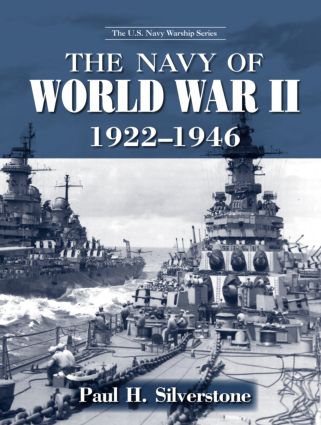The Navy of World War II, 1922-1946 comprehensively covers the vessels that defined this momentous 24-year period in U.S. naval history. Beginning with the lean, pared-down navy created by the treaty at the Washington Naval Conference, and ending with the massive, awe-inspiring fleets that led the Allies to victory in the Second World War, the fourth volume in the celebrated U.S. Navy Warship series presents a detailed guide to all the warships that exhibited the might of the U.S. Navy to the fullest. Showcasing all the ships—both the famous and the often overlooked-that propelled the U.S Navy to prominence in the first half of the twentieth century, The Navy of World War II catalogues all the warships from this era, including those that did battle in the European, Mediterranean, and Pacific Theaters from 1941-1946. From the fleet attacked at Pearl Harbor, to those that fought valiantly in the Battle of the Guadalcanal, to the official surrender of the Japanese on the deck of the USS Missouri, this latest volume is the definitive guide to the warships that defined this pivotal period in U.S. naval history.
- Publisher: Routledge
- Publication Date: 2006
- Series: U.S. Navy Warship Series
- Edition description: 1st
- Pages: 458
- Product dimensions: 1.2 x 8.5 x 11.2 inches
During the 1920s and 1930s many of the Navy’s ships were laid up, rusting away at Navy yards, following the “war to end wars.” The peacetime Navy carried out maneuvers and tried out war plans with its reduced active force. The V class submarines and Northampton class cruisers were built in the late 1920s. With the Depression and New Deal, construction of new aircraft carriers, destroyers, submarines and heavy and light cruisers was begun.
New wars erupted in the Far East and Europe in the 1930s. Despite near-unanimous anti-war sentiment, a huge naval construction program was commenced in 1939-40 encompassing all types of ships. The first ships of the “Two-Ocean Fleet” were going into commission by 1940 and 1941 as war raged in Europe and China. The North Carolina, South Dakota, and Iowa class battleships, Essex class aircraft carriers, Baltimore and Cleveland class cruisers, Benson and Fletcher class destroyers and Gato class submarines were laid down together with every kind of smaller combat vessel and auxiliary.
Flush-deck destroyers of the laid-up fleet were recommissioned and merchant ships were acquired. Even before the attack on Pearl Harbor, US Navy ships were conducting operations “short of war” in the North Atlantic. The loss of the battle fleet at Pearl Harbor forced the Navy to conduct operations in the Pacific with aircraft carriers which proved to be the proper weapon in that war rather than battleships. Shipyards turned out large numbers of ships of every type which soon joined the Navy. American ships were found in every corner of the war which involved almost the entire globe.
At the end of the war the older ships were sold or scrapped. A fleet of old warships was used as targets for the atomic bomb tests at Bikini. Many ships under construction on V-J Day were canceled but a considerable number were completed later.
The cataclysmic events of this period gave rise to the great fleet of World War II. In order to give full coverage to all these diverse ships, both Navy-built and acquired merchant vessels, this volume is larger than its predecessors, 624 pages and 390 photographs.
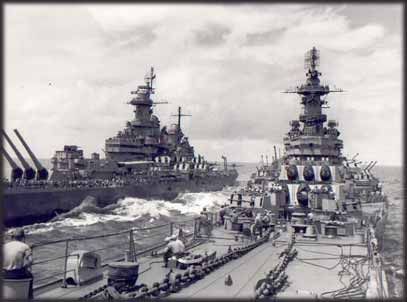 Battleships Iowa and Missouri at sea, 1945.
Battleships Iowa and Missouri at sea, 1945.
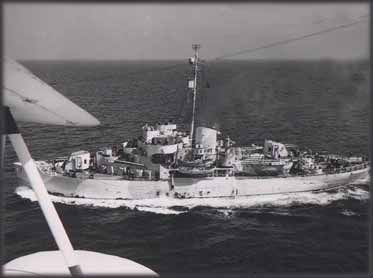 Coast Guard icebreaker Southwind (WAG 280) 1945.
Coast Guard icebreaker Southwind (WAG 280) 1945.
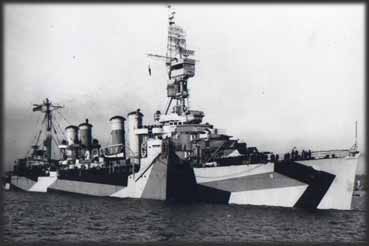 USS Memphis (CL 11) Omaha class light cruiser in dazzle camouflage
USS Memphis (CL 11) Omaha class light cruiser in dazzle camouflage
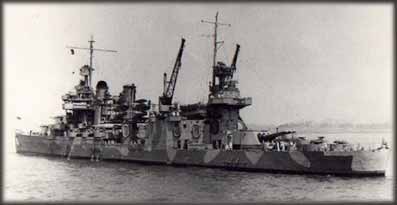 USS Quincy (CA 39) heavy cruiser shortly before she was sunk in 1942.
USS Quincy (CA 39) heavy cruiser shortly before she was sunk in 1942.
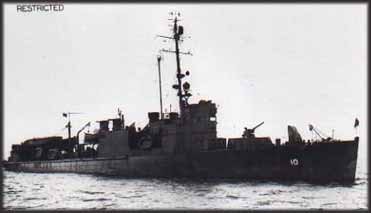 USS Ballard (AVD 10) seaplane tender, former destroyer, 1943.
USS Ballard (AVD 10) seaplane tender, former destroyer, 1943.
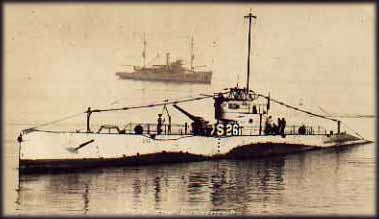 Submarine S-26 (SS 131) S class submarine.
Submarine S-26 (SS 131) S class submarine.
